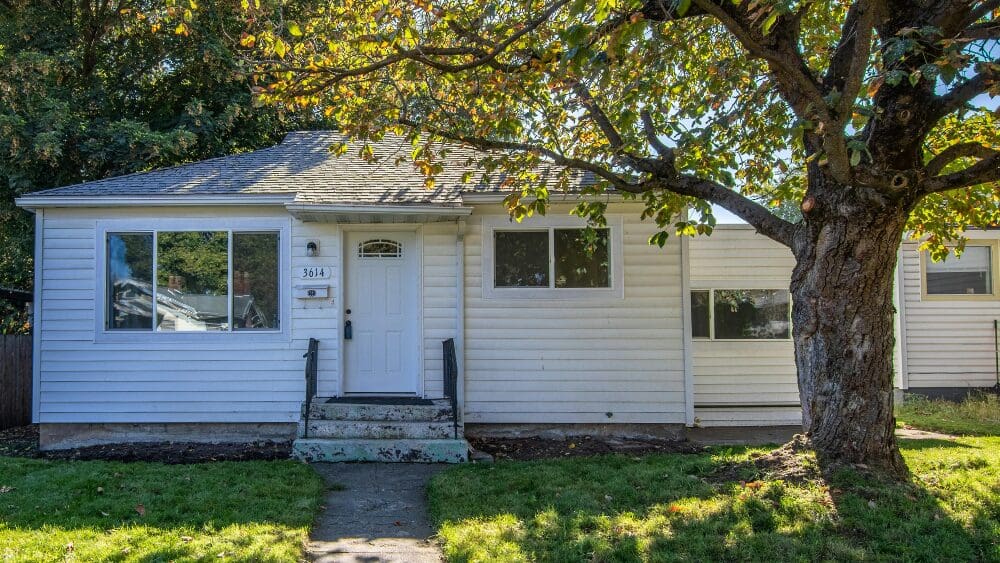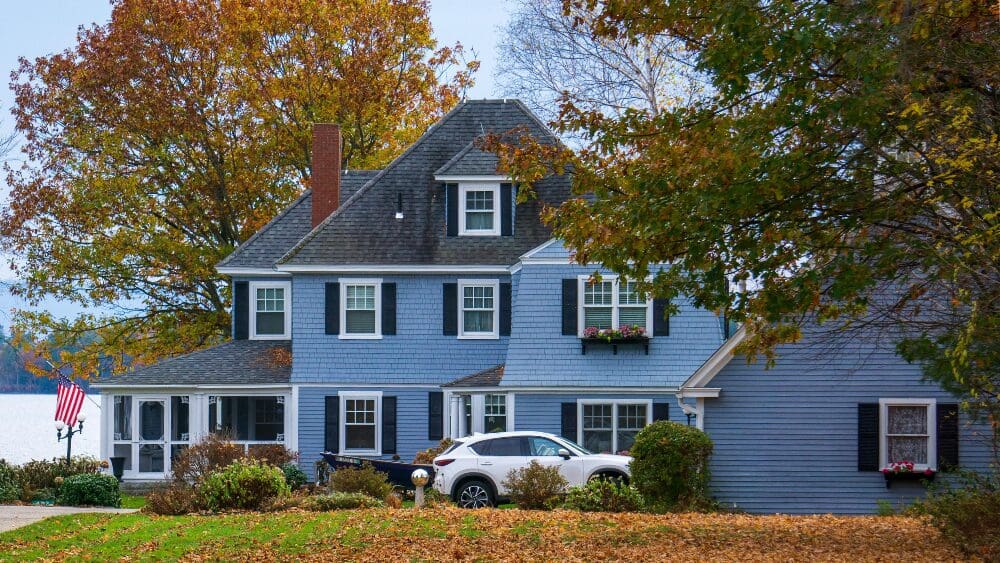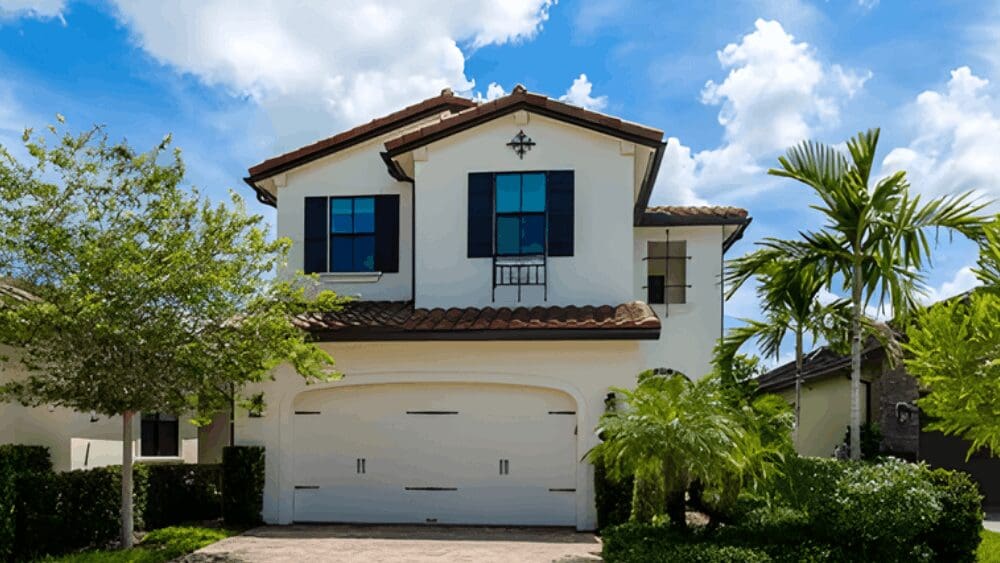
Have you been considering a reverse mortgage but would like to relocate to a new city or downsize your home? Most people think of a reverse mortgage as an option to retire in place, but buying a home with a reverse mortgage is also possible. This unique financial tool allows you to purchase a new property using the equity in your current home without the stress of monthly mortgage payments. In this guide, we’ll explain how you can make your next move easier and more financially manageable with a Home Equity Conversion Mortgage (HECM) for Purchase. We’ll also share a modern “buy before you sell” alternative that allows you to move only once. A reverse mortgage is a loan typically available to homeowners aged 62 and older that allows them to convert part of the equity in their home into cash. Unlike a traditional mortgage where you make monthly payments to the lender, with a reverse mortgage, the lender pays you. The loan is repaid when the homeowner sells the house, moves out permanently, or passes away. Reverse mortgages are designed to help retirees with limited income use the accumulated wealth in their homes to cover basic living expenses and healthcare costs. With a reverse mortgage, the homeowner continues to own and live in the home while receiving payments based on the home’s equity. The amount you can borrow depends on several factors, including your age, the home’s value, and current interest rates. The loan balance increases over time as interest and fees are added, but you don’t have to repay it until you no longer live in the home. Reverse mortgages are non-recourse loans, meaning that you will never owe more than the home is worth. If, for any reason, the home sells for less than what is owed on the loan, FHA insurance covers the gap. In such a case, neither the borrower nor their heirs will be responsible for the difference or face any negative credit impact. Buying a home with a reverse mortgage, also known as a Home Equity Conversion Mortgage (HECM) for Purchase, allows seniors to buy a new primary residence without the burden of monthly mortgage payments. You use the proceeds from the reverse mortgage to cover part of the purchase price, and you contribute the remaining funds from your own resources, such as savings or the sale of your previous home. In most cases, the older you are, the more loan proceeds you are eligible to receive when you apply for an HECM for purchase. As with a retire-in-place reverse mortgage, you still own the home until you sell it or it’s deeded to an heir. This option is ideal for those looking to downsize, move closer to family, or find a home that better suits their needs in retirement. Below is an example of what the process might look like when buying a home with a reverse mortgage. For many seniors using HECM for purchase, this process rolls forward after they have sold their current home. 1. Eligibility: Ensure you meet the age requirement of 62 or older and have sufficient funds for the required down payment. 2. Find a property: The home you wish to buy must meet FHA property standards and be your primary residence. 3. Apply for the loan: Work with an FHA-approved lender to complete your reverse mortgage application and obtain pre-approval. 4. Financial assessment: The lender will evaluate your financial situation to ensure you can cover property taxes, insurance, and maintenance costs. 5. Appraisal and inspection: The chosen property must be appraised and inspected to ensure it meets FHA guidelines. 6. Closing: Once the loan is approved, you’ll go through the closing process, which involves signing the final paperwork and making your down payment. 7. Move in: After closing, you can move into your new home without the burden of monthly mortgage payments. Before filing a reverse mortgage loan application, you’ll be required to complete a counseling session with a third-party counselor approved by HUD. In most cases, your loan officer can connect you with a qualified counselor.What is a reverse mortgage?
How does a reverse mortgage work?
How does buying a home with a reverse mortgage work?
What’s the process to buy a home with a reverse mortgage?



